Jonathan Manning explores how companies are using EV and mobility services in a bid to offer alternatives, while highlighting additional fleet responsibility.
Uber has stepped up its mission to offer transport alternatives to the private and company car with acquisition of bike share business
Uber has announced plans to buy an electric, dockless bike-sharing company called Jump Bikes.
Jump’s dockless system avoids the heavy cost of installing bike station infrastructure which affects schemes such as the London bike scheme. Instead, the technology is applied to GPS-enabled bikes, which have an integrated bike lock that is unlocked via an app.
Riders are still required to secure the bikes to existing communal bike racks at the end of their hire, but Uber believes the u-bar lock avoids the problem of ‘bike litter’ that has beset other dockless bike systems where users have simply abandoned the bikes.
Now, at least, bikes will be left secured to something, even if it’s only railings.
Initial trials in San Francisco indicate that electrifying the bikes with a battery-powered motor extends the length of the average journey and bridges the gap between pedal-powered bikes and ride-hail taxi rides.
Uber is expected to roll the technology out to all markets where it is present, including the UK, o
ver the next couple of years.
The average distance travelled per e-bike ride is 2.7 miles, compared to one mile for normal Boris-style bike share trips, while the average ride hail journey is about five miles.
Dara Khosrowshahi, Uber chief executive officer, said: “We’re committed to bringing together multiple modes of transportation within the Uber app – so you can choose the fastest or most affordable way to get where you’re going, whether that’s in an Uber, on a bike, on the subway, or more.”
Meanwhile, Uber is investing €20 million (£18m) in a new Advanced Technologies Centre in Paris, tasked with building artificial intelligence and airspace management systems to support Uber Elevate, a project to create a network of all-electric, vertical take-off and landing aircraft.
The company aims to demonstrate the possibilities of electric air travel by 2020.
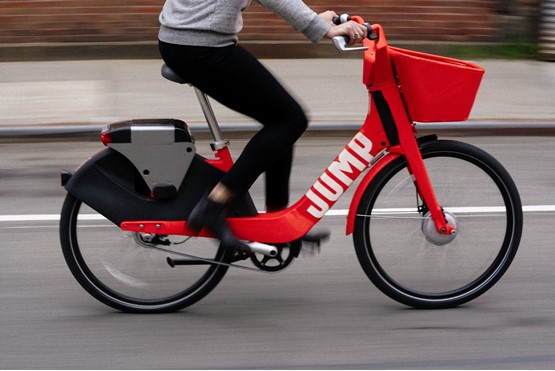
Ikea gives customers means to carry out own deliveries
Renault Mobility is installing an all-electric fleet of cars and vans for the use of Ikea customers in France.
The vehicles will be available for hire by the hour and be based in the car parks of Ikea’s 33 stores to help customers make their way home with their shopping.
Initially, the fleet will be a mix of electric motors and internal combustion engines, dependent on the charging infrastructure available at the stores, but it will be entirely zero emission by 2020.
Vicente Cubells, director of customer relations at Ikea France, said: “Fast, easy-to-use and at an attractive price, this new rental service allows users to adopt a simple mode of transport with, eventually, a fleet comprising 100% electric vehicles.
“This demonstrates our commitment to a more sustainable way of life.”
Rates start at €7 (about £6) per hour, which includes insurance and a 60-mile range. Customers access the vehicles via an app.
Philippe Buros, Renault France sales director, said: “This mobility solution is based on a 100% digital customer journey.”
Ikea has started to look for ways to reduce the carbon emissions of its own fleet, which is responsible for 4% of the total greenhouse gases created by the furniture giant.
Ideas include the more efficient packaging of its products, which has enabled it to fit more products into the same space, thereby reducing the number of road journeys, and it is also exploring electric vehicles.
“We recently completed a pilot project using electric trucks to transport goods from the Port of Los Angeles to a nearby warehouse.
"Additional electric transportation projects are being investigated for 2018,” said the Inter Ikea Sustainability Summary Report 2017.
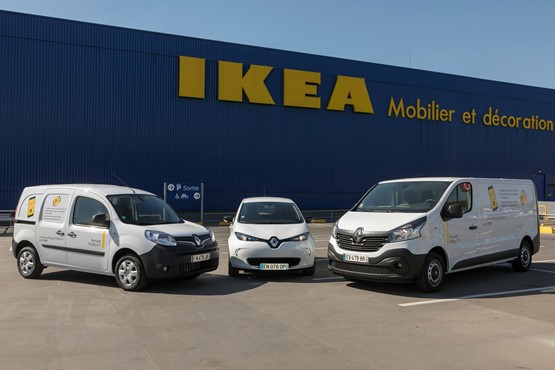
Fleets responsible for safety software under new EV bill
Fleet managers will have to ensure the safety software on their vehicles is updated in order to maintain the validity of their insurance cover, when the Automated and Electric Vehicles Bill is passed into law.
The bill lays out a new compulsory insurance framework for ‘out of loop’ automated driving, said DAC Beachcroft partner Peter Allchorne.
Motor insurers will have the right to limit or exclude their liability where the policyholder or person in control fails to keep an autonomous vehicle’s safety-critical software up to date, or if unauthorised modifications are made.
“However, in order to exclude or limit liability in respect of an insured person who is not the policyholder, that person must have knowledge of the fact that the vehicle was operating with out-of-date safety-critical software, or that an unauthorised modification had been made,” added Beachcroft.




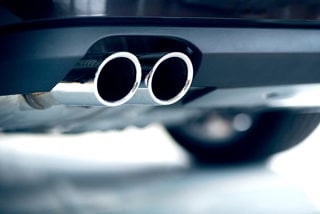
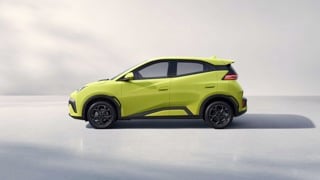
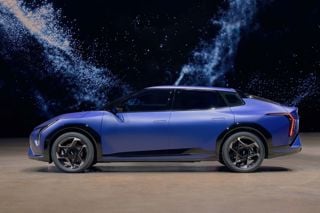
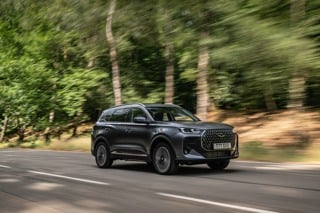












Login to comment
Comments
No comments have been made yet.